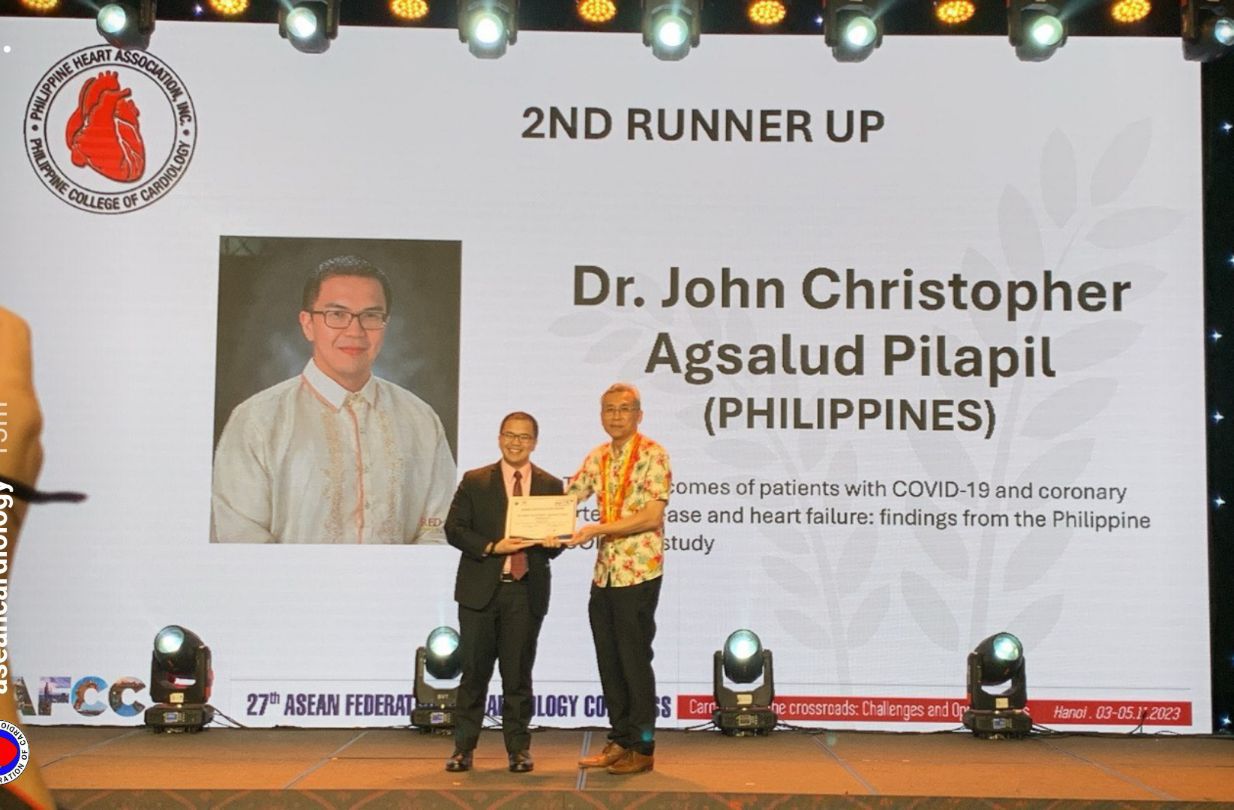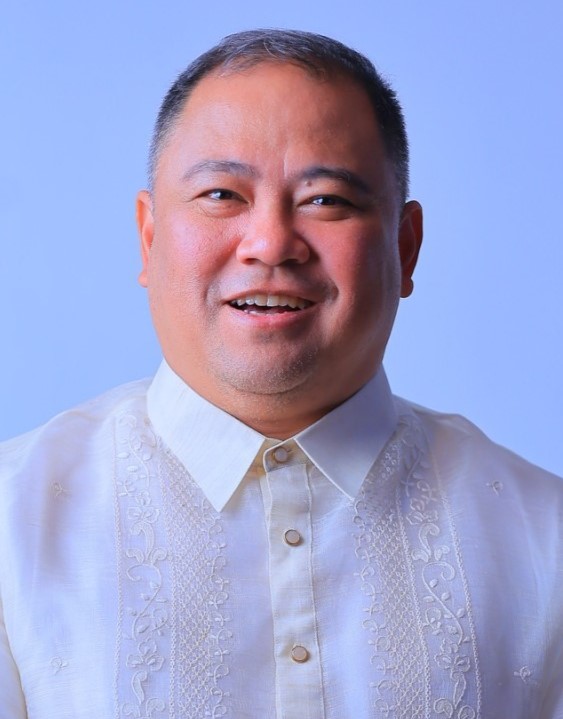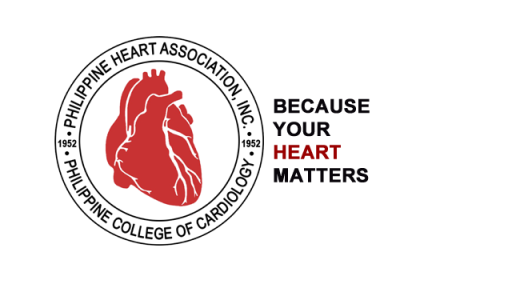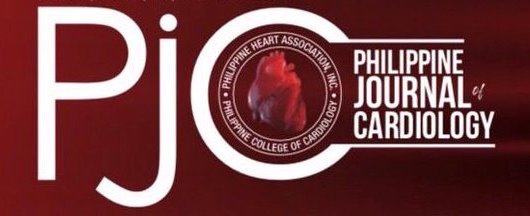Dr. Melissa Sia & Dr. John Levi Daluz are Most Outstanding ACLS Trainers of the Year
John Michael Villarino is Most Outstanding BLS Trainer of the Year
Doctors and health professionals are healers, teachers and students rolled into one. Those who have opted to be cardiopulmonary resuscitation (CPR) Trainers and Facilitators are veteran lifesavers. But being devoted to one’s professional and Advocacy commitment is tantamount to completing the two-day Basic Life Support/Advanced Cardiac Life Support (BLS-ACLS) Refresher for updates on CPR techniques and guidelines every two years.
The PHA 16th Training of Trainers (ToT) was held on Nov. 11 to 12, 2023 at Luxent Hotel, Timog Ave., Quezon City.
High-profile members of the local cardiovascular circle were among the Refresher Course learners. Drs. Jude Erric Cinco, immediate past PHA president; Walid Amil, PHA secretary; Luigi Pierre Segundo, PHA director II and Ramoncito Habaluyas, a past chair of the PHA Council on CPR.
Vaunted, respected, and one of only two Department of Health-recognized ACLS training institutions for CPR Training providers, the Philippine Heart Association (PHA) thru its Council on CPR has maintained its high standard training and managed to measure up to the expectations of the participants.
After the thorough selection process, comes the rigid training.
Out of 700 applicants for this year’s 15th and 16th ToT, 300 passed as pre registrants. The 15th ToT last month had 142 passers, while the 16th ToT that we are concluding today has 158 passers.
John Michael Villarino was awarded the title of Most Outstanding BLS Trainer of the Year and was part of the Most Outstanding BLS Group along with Sherwin Lopez, Marc Ian Laysa.
A tie erupted for the spot of Most Outstanding ACLS Trainer, between Dr. Melissa Sia from Chinese General Hospital, and Dr. John Levi Daluz from Pampanga.
Emergency Medical experts from Corazon Locsin Medical Center in Bacolod, bagged the title of Most Outstanding ACLS Group: Dr. Karen Mae Sayson, Grace Almenor, Christine Espeja, Kristen Mae Fabular, and Evita Flor Garzon.
The annual event is not merely about instilling new principles but teaching modesty, patience and ingenuity.
Amil said “even doctors and health professionals who are seasoned trainers have to be re-trained. We need to introduce new concepts and be harmonized for training. In the process, this will teach us humility and the group has prepared so much for this.”
He added, “to our participants, congratulations because I was told that from 900 applicants, 300 made it as participants. Thank you for devoting time to share your knowledge and expertise, amidst a busy schedule.”
Attuned to the local setting, the new training is now hybrid, online and on demand lectures, limited in-person workshop and exams. The drugs and therapies are now incorporated into different arrhythmia modules. Another additional module is the Pedia BLS. The module creation was not arbitrary, but a product of pilot testing.
Habaluyas, a past Council on CPR chair is working with PHA on a project to mechanize the locally made Resusci-Juan CPR training mannequin, to add a metronome to guide students in doing the proper tempo which is 100-120 beats per minute during chest compressions.
The Council does not limit the pool of trainers to cardiologists. Right now, the focus is on general practitioners (GP). Lecture videos are streamlined and simplified to the level of a GP.
Dr. Don Reyes, PHA Council on CPR chair said “what we are doing today and tomorrow is novel. The PHA Board is currently thinking of ways to innovate as well. Our guiding principles are hedged on PSI (Professionalize, Standardize and Innovate. Since 2018 we have been using the 3Rs Strategy: Revisit, Review, Revise.”
Under the leadership of Dr. Ronald Cuyco, the PHA is a staunch advocate for Automated External Defibrillator (AED) awareness.

Do Pre-COVID 5Cs of CPR
“The pandemic may have ended but COVID is still here. Don’t forget that high quality CPR is done within 5 minutes. The most common arrhythmia in out-of-hospital cardiac arrest setting is ventricular fibrillation, hence the need for an AED,” said Dr. Jeannica Lerios-dela Peña, member of the PHA Council on CPR and one of the facilitators.
One of the first things done by the Council at the onset of the pandemic was to create the 5Cs of CPR (Ch eck, Cover, Call, Compress and Connect) to protect the responder while doing chest compressions to save a life. Pre-COVID, there were only 3 Cs (Check, Call and Compress).
Check -- if the place is safe. From a distance check the victim for responsiveness. No touch. When he/she is unresponsive and struggling to breathe, gasping or snoring, most likely he is a cardiac arrest victim.
Cover – the rescuer and the victim have to wear an N95 or any surgical mask, or cover the victim’s mouth with a cloth that is water repellent. It would be best for the rescuer to put on gloves.
Call -- 911 or any emergency LGU or the Philippine Red Cross hotline. Ask for an AED.
Compress – within five minutes, do chest compressions, 2-1/2 inches deep chest pumps at a rate of 100 to 120 counts per minute after positioning the victim back down on the floor. Put the heel of one hand on top of the other and place the heel of the bottom hand on the center of the victim’s chest. Lock your elbows and compress the chest forcefully, may sure you lift up enough to let the chest recoil.
Connect – the AED.
With reports from Francis Cortes.









